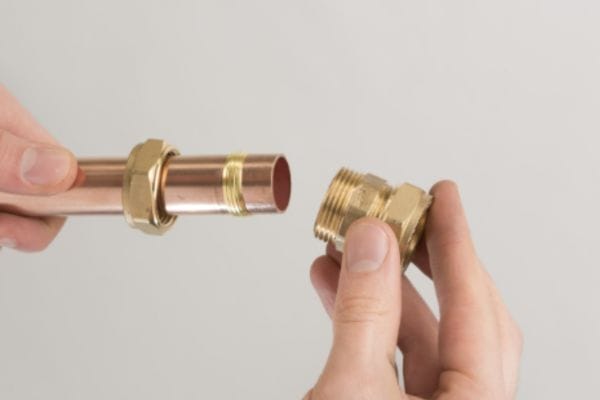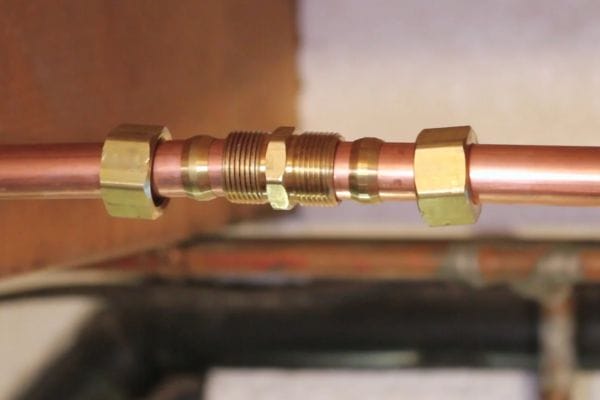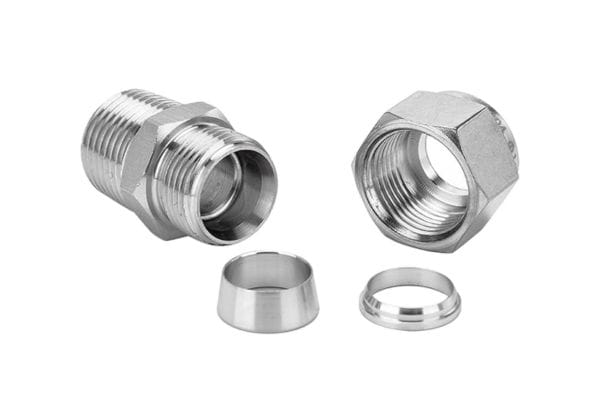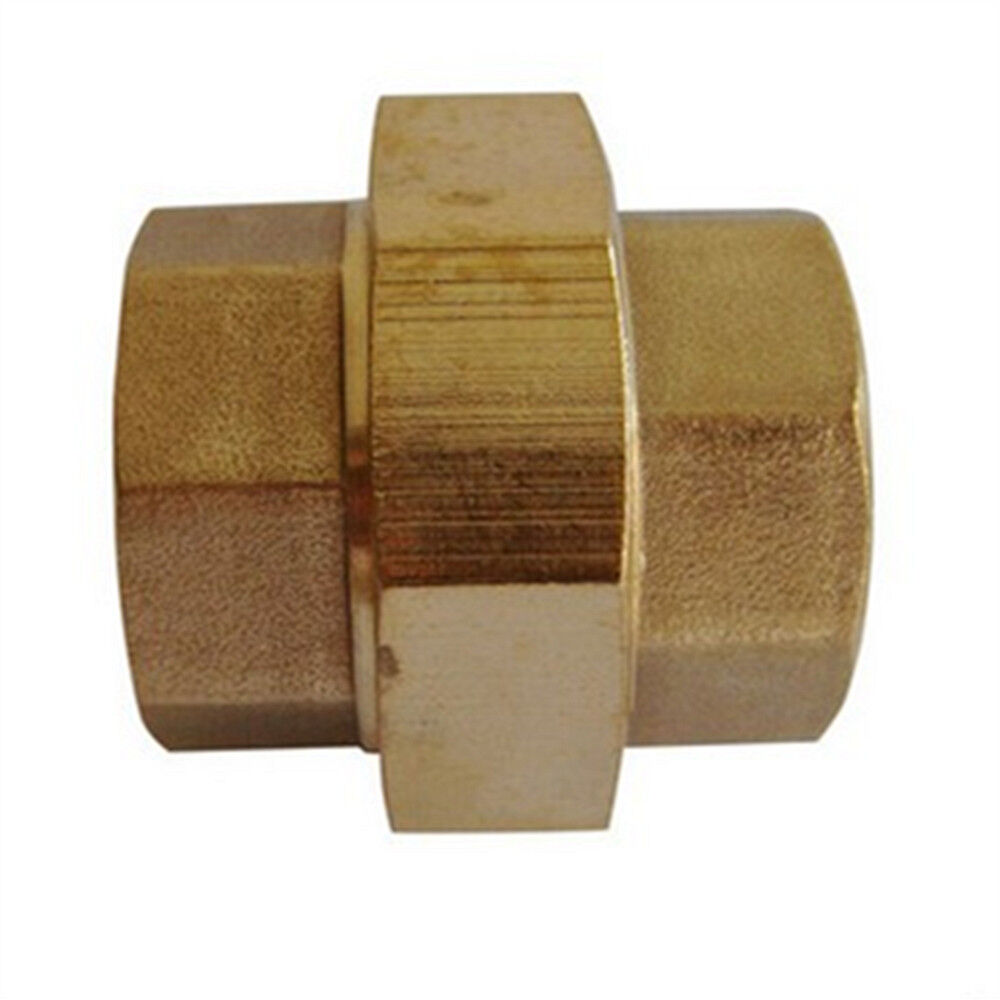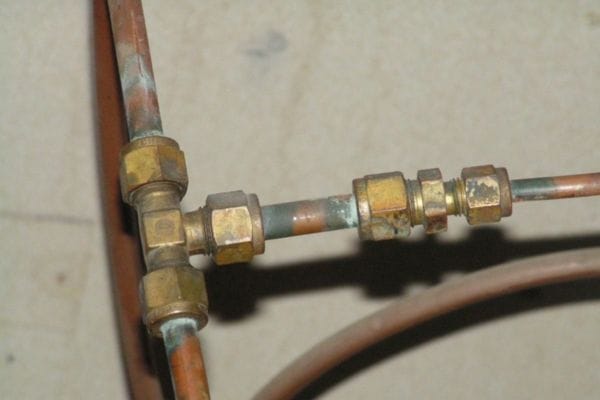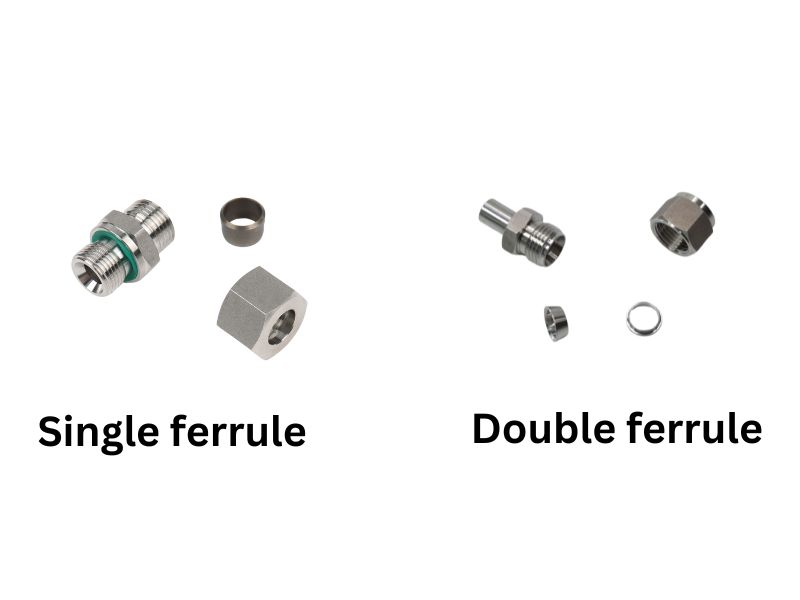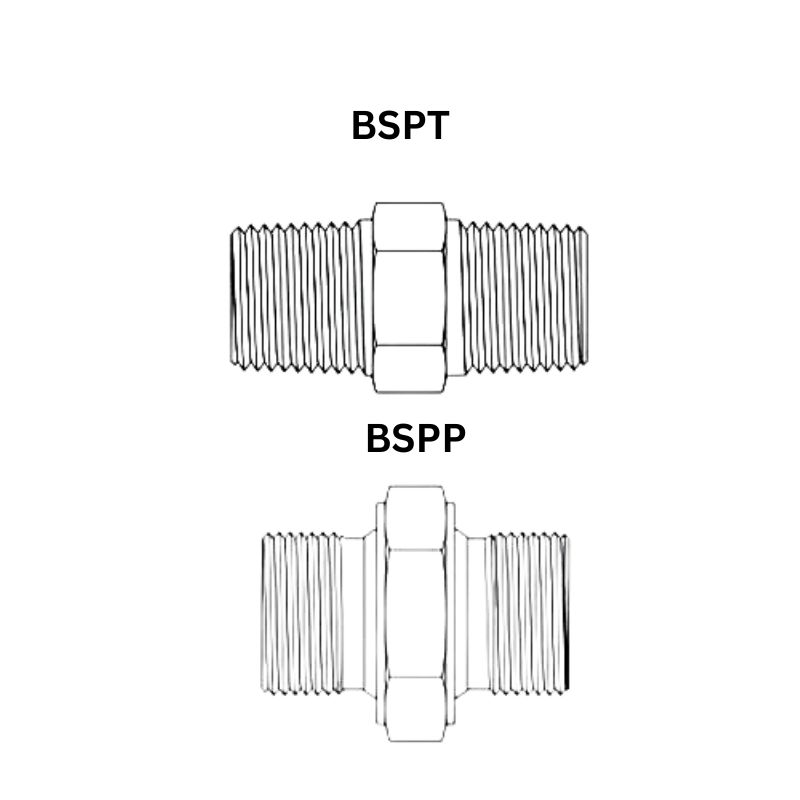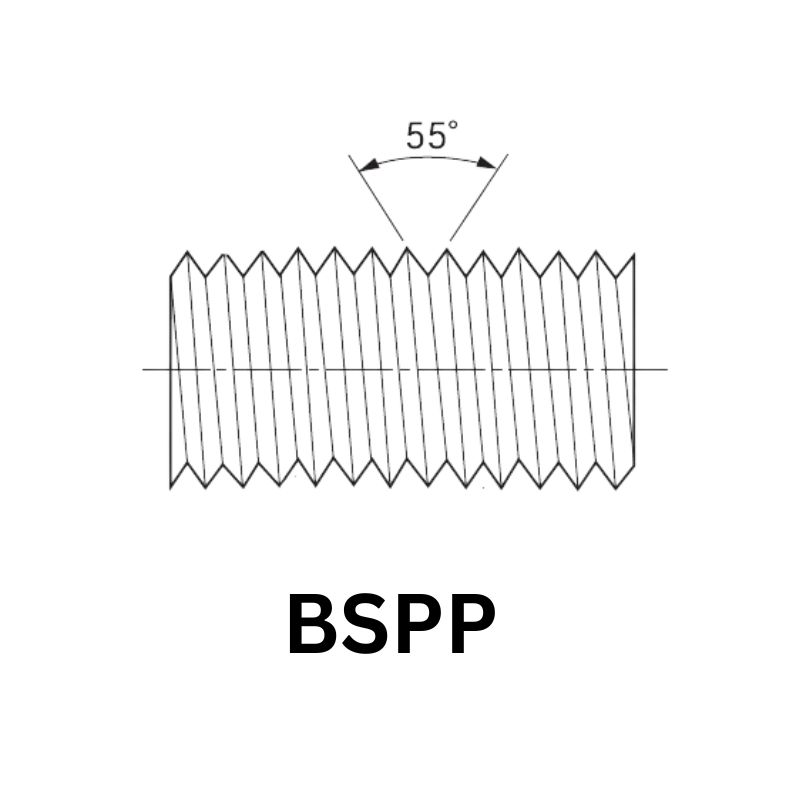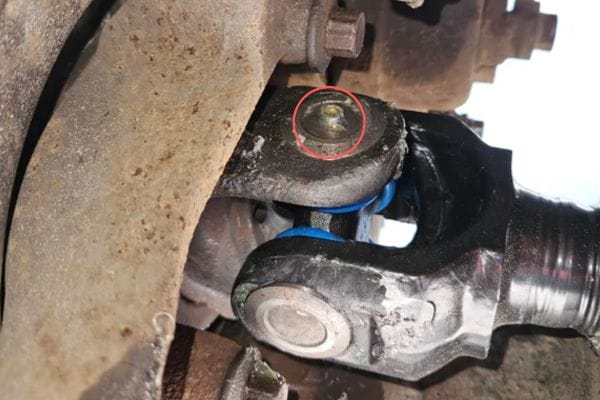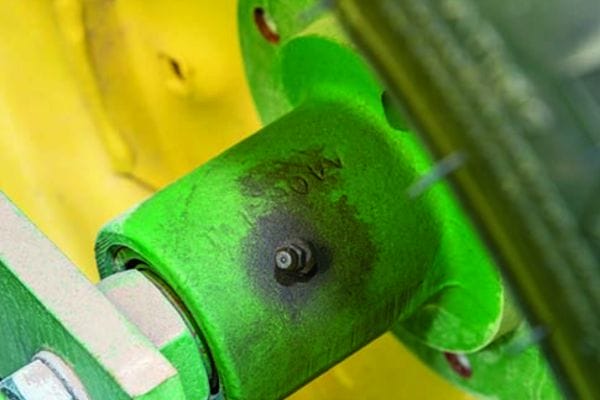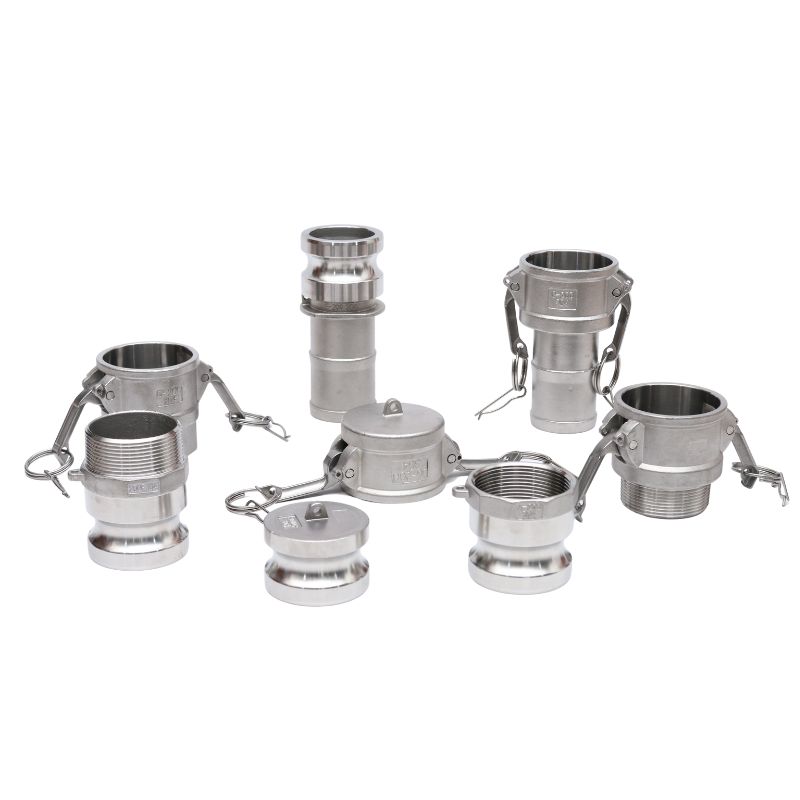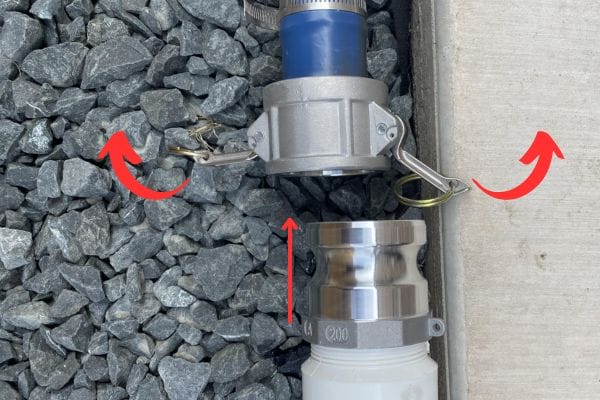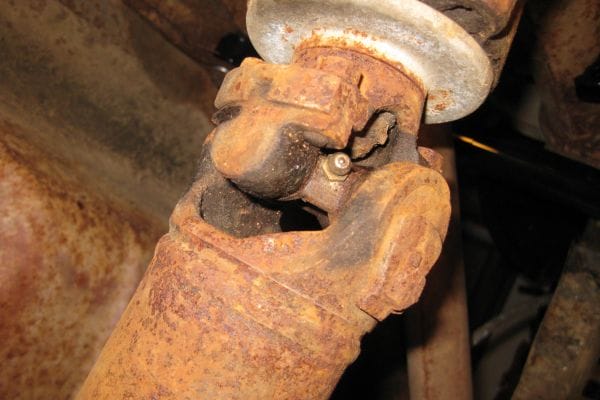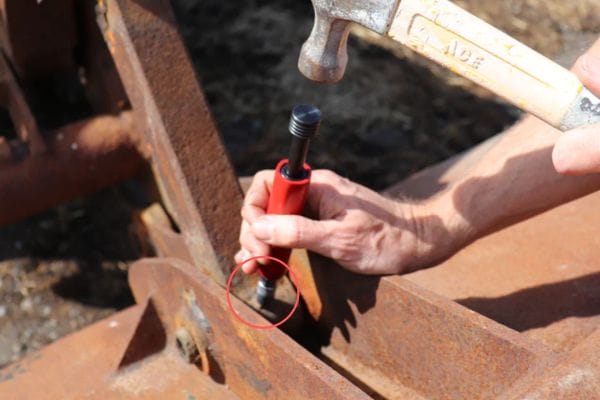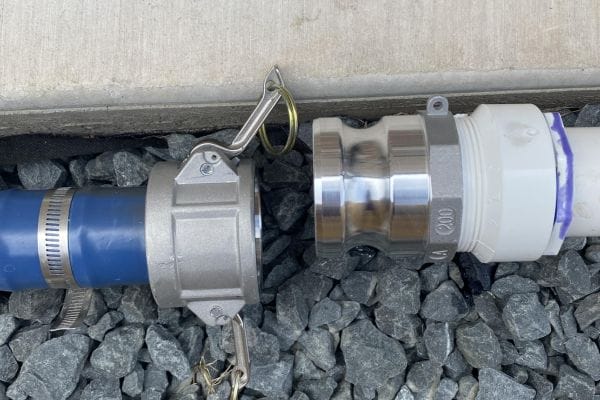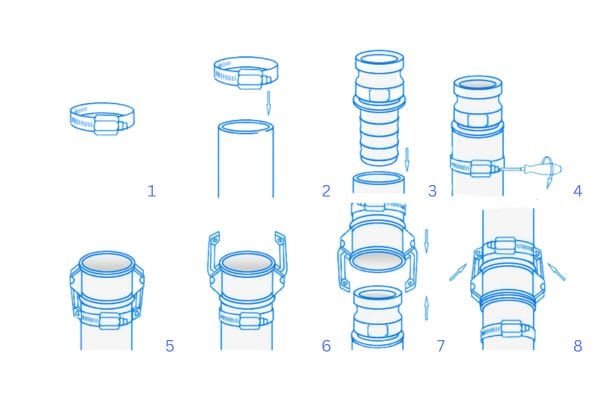Ferrule fittings are renowned for their ability to create reliable, durable, and leak-proof connections in high-pressure systems. From single and double ferrules to a range of material options, ferrule fittings are as diverse as their applications. In this guide, we’ll cover the fundamentals of ferrule fittings, delve into their types and materials, and provide practical tips on installation, maintenance, and troubleshooting.
Understanding Ferrule Fittings
Overview and Purpose
Ferrule fittings are critical components used in high-pressure piping systems to ensure a leak-proof, secure connection. These fittings are designed to meet the needs of various industries, including hydraulics, pneumatics, and fluid transfer systems. Their primary function is to create a tight seal between tubes or pipes, preventing any leakage under high pressure or harsh operating conditions. The ability to withstand vibrations, high pressure, and temperature fluctuations makes ferrule fittings an ideal choice for demanding environments such as industrial plants, construction machinery, and plumbing systems.
In hydraulic and pneumatic systems, where fluid or gas is transmitted under considerable pressure, a reliable seal is essential to avoid system failures, leaks, or dangerous malfunctions. Ferrule fittings are designed with this in mind, ensuring that they can handle intense pressure and maintain long-term durability in systems that experience constant stress. Whether it’s for connecting metal or plastic tubing, ferrule fittings are adaptable, providing flexibility across different industries.

Key Components
To fully understand how ferrule fittings perform their essential function, it’s important to break down their key components and the role each part plays in creating a reliable, leak-proof seal.
Nut The nut is a crucial component that tightens the ferrule fitting. Made of high-strength material, it is threaded to match the corresponding body of the fitting. When the nut is tightened onto the fitting body, it secures all the components in place and ensures that the ferrule compresses tightly around the tubing, preventing leaks. The nut also allows for disassembly and reassembly without compromising the seal’s integrity, which is useful for maintenance or system modifications.
Body The body is the main structural component of the ferrule fitting. It provides a housing for the nut, ferrule, and the tubing. The body is typically made from durable materials such as stainless steel or brass, ensuring it can withstand high-pressure environments. Its design varies depending on the application, but it generally features an internal chamber that holds the ferrule and tubing in place, allowing the fitting to create a secure, permanent seal when the nut is tightened.
Ferrule The ferrule is the key element in the sealing process. It is a small, cylindrical metal ring that compresses tightly onto the tubing when the fitting is tightened. The ferrule’s main function is to provide a leak-proof seal by applying uniform pressure to the tube’s surface, preventing any fluid or gas from escaping. Depending on the design, the ferrule can have one or two pieces. In single ferrule fittings, the ferrule simply seals around the tube, while in double ferrule fittings, an additional ferrule is used to enhance the seal and improve resistance to vibration or temperature changes.
Types of Ferrule Fittings
Ferrule fittings come in a variety of designs, each tailored for specific applications based on pressure, vibration, and disassembly needs. Below, we explore the most common types of ferrule fittings, their features, and ideal applications.
Single Ferrule Fittings
Features: Single ferrule fittings are the simplest design in the ferrule fitting category. They consist of a single ferrule that compresses onto the tubing when the nut is tightened. This design is straightforward and cost-effective, making it a popular choice for various applications. The single ferrule creates a seal by evenly distributing pressure around the tube, ensuring a secure connection.
Applications: These fittings are most commonly used in low-pressure environments, where ease of assembly and disassembly are important. Single ferrule fittings are ideal for systems that do not experience extreme pressure or vibration, such as water or air lines in residential plumbing or light industrial systems. Their simplicity makes them perfect for situations where quick assembly is needed without compromising basic performance.

Double Ferrule Fittings
Features: Double ferrule fittings include both a front and back ferrule that work together to provide enhanced security and grip. The front ferrule is designed to compress onto the tubing, while the back ferrule creates additional pressure, securing the tubing in place and further preventing any potential leaks. This two-component system offers improved reliability and resistance against system vibrations.
Applications: These fittings are typically used in high-pressure and vibration-prone systems, such as hydraulic systems or pneumatic equipment. The added grip from the double ferrules makes these fittings particularly effective in environments where constant pressure and mechanical vibration could loosen single ferrule connections. Double ferrule fittings are often found in machinery, heavy equipment, and industrial applications where system integrity is critical.
| Feature | Single Ferrule Fitting | Double Ferrule Fitting |
| Structure | One ferrule (integrated sealing and gripping) | Two ferrules (front for sealing, back for gripping) |
| Sealing Performance | Adequate for low-to-medium pressure | Superior sealing under high pressure |
| Grip on Tubing | Moderate | Strong, secure tube hold |
| Application Suitability | Low-stress environments, gas systems | Critical fluid systems, high-vibration conditions |
Two-Piece Ferrules
Features: Two-piece ferrules consist of two separate components: a ferrule and a back support ring. This design offers flexibility and adaptability, allowing for a more customizable fit. The two-piece system is often preferred in applications where different tubing types or sizes might need to be accommodated. Additionally, the two-piece ferrule provides greater ease of installation and maintenance.
Applications: Systems requiring frequent disassembly for maintenance benefit from two-piece ferrules. These fittings are especially useful in applications where components need to be easily removed, inspected, or replaced, such as in food processing, pharmaceutical industries, or systems that undergo routine maintenance checks. Their adaptability also makes them ideal for applications where a variety of tubing sizes or materials may need to be connected and disconnected quickly.
Choosing the Right Ferrule Fittings
Selecting the correct ferrule fitting is crucial for ensuring the efficiency, safety, and longevity of your piping or tubing system. Making the right choice involves considering several factors, such as compatibility, material selection, and proper sizing. Let’s explore these aspects in detail.
Compatibility
One of the most critical steps in choosing ferrule fittings is ensuring compatibility with your tubing or piping. The fitting must precisely match the dimensions of the tubing, including both the outer diameter and wall thickness.
Why it Matters: Improperly sized fittings can lead to leaks, reduced pressure handling, and potential system failure. Compatibility ensures a snug fit and reliable seal under operational pressure.
How to Verify: Always check the manufacturer’s specifications and confirm that the fitting aligns with the tubing material and dimensions. If working with mixed materials or non-standard tubing sizes, consider using adapters or custom fittings to ensure a proper connection.
Material Selection
The material of the ferrule fitting plays a significant role in its performance, especially in demanding environments. Ferrule fittings are available in various materials such as stainless steel, brass, and carbon steel, each suited to different applications.
Stainless Steel: Ideal for corrosive environments, high pressures, and temperatures. Commonly used in marine, chemical, and food industries.
Brass: A cost-effective option for general plumbing and low-pressure applications. It offers excellent machinability and moderate resistance to corrosion.
Other Materials: Specialty materials like titanium or coated steel may be required for highly specific applications, such as medical or aerospace systems.
Key Tip: Always select materials that align with the environmental conditions your system will face, such as exposure to chemicals, moisture, or extreme temperatures.
Size and Threading
Precise sizing and threading are essential to avoid leaks and ensure system integrity. Fittings that are too tight or too loose can lead to poor performance or even damage during installation.
Thread Types: Ferrule fittings come in various thread types, such as NPT (National Pipe Thread) and metric threads. Make sure the thread type of the fitting matches your system requirements.
Size Considerations: Verify the nominal size of the fitting, which typically corresponds to the tubing size. For complex systems, consider consulting sizing charts or working with experts to avoid mismatched components.
Installation Tip: Use appropriate tools and techniques to tighten fittings without over-compressing, as excessive torque can distort threads or damage the ferrule.
Installation and Maintenance
Proper installation and ongoing maintenance are essential for ensuring the long-term performance and reliability of ferrule fittings. Here’s a comprehensive guide to help you through both.
Installation Tips
To ensure a smooth and effective installation of ferrule fittings, follow these key tips:
Ensure Clean Tubing Ends Before installing ferrule fittings, it’s crucial to clean the ends of the tubing. Any dirt, debris, or burrs left on the tubing can interfere with the ferrule’s ability to form a tight seal. Use a deburring tool to smooth the tubing and remove any imperfections.
Use Appropriate Torque When Tightening Proper torque is critical to ensuring the fitting is secure without damaging the components. Over-tightening can distort the ferrule or fitting, leading to potential leaks or failure, while under-tightening may result in insufficient compression, causing the fitting to loosen over time. Always use a torque wrench or follow the manufacturer’s specifications to ensure you apply the correct amount of pressure.
Follow the Manufacturer’s Guidelines Each manufacturer provides specific guidelines for installation. These guidelines will include details on the type of ferrule fitting, correct tubing size, torque specifications, and any other relevant instructions. Adhering to these instructions ensures that the fitting performs as expected and avoids potential issues caused by improper installation.
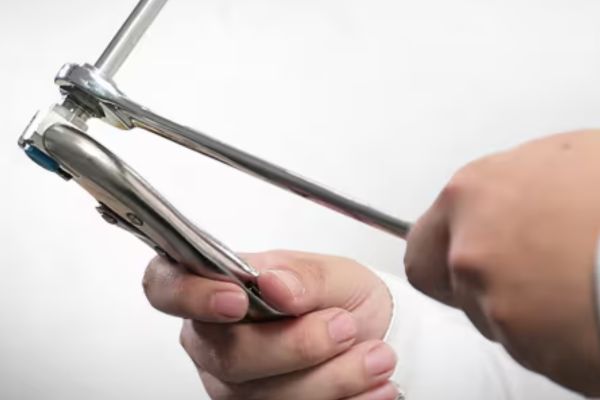
Common Installation Issues
Even with careful installation, issues can arise if the fittings are not properly installed. Here are some common problems and solutions:
| Mistake | Problem it Causes |
| Over-tightening | Deforms ferrule, causes leaks or tube damage |
| Under-tightening | Loose grip, risk of blow-off under pressure |
| Tube not fully inserted | Improper seal, leaks, and reduced vibration safety |
| Tube misalignment (off-axis) | Ferrules cannot seat properly; increases wear |
| Using damaged or dirty components | Scratched sealing surfaces lead to leak paths |
| Mixing brands or ferrule types | Incompatible dimensions affect sealing performance |
Maintenance Tips
Maintaining your ferrule fittings ensures their longevity and continued reliability. Here are some maintenance tips to keep your system running smoothly:
Inspect Regularly for Wear and Tear Ferrule fittings can experience wear and tear over time, especially in high-pressure or high-vibration environments. Regular inspections are crucial to check for any signs of corrosion, damage, or fatigue in the fittings or tubing. Pay close attention to the ferrule and nut, as these components can show early signs of wear.
Clean Fittings to Avoid Corrosion Buildup Dirt, moisture, and chemicals can lead to corrosion and buildup around the ferrule fittings. Regularly clean the fittings to prevent this from occurring. Use a suitable solvent to remove any debris and ensure that the fitting surfaces remain smooth and corrosion-free. Additionally, inspect the tubing regularly for any signs of degradation or blockages.
Comparing Ferrule Fittings to Alternatives
When choosing the right fitting for your system, it’s important to understand how ferrule fittings compare to other common types of fittings, such as pipe fittings and threaded fittings. Each fitting type offers its own advantages and limitations depending on the application. Below, we compare ferrule fittings to their alternatives.
Pipe Fittings
Differences: Pipe fittings typically use threaded connections, where the fitting is screwed onto the pipe or tubing, creating a seal through the threads. In contrast, ferrule fittings rely on compression to form a tight seal between the tubing and fitting. Ferrules use a ferrule ring that is compressed onto the tubing when the nut is tightened, ensuring a secure, leak-proof connection.
Best For: Pipe fittings are often better suited for fixed installations where the piping system will not experience frequent movement, pressure fluctuations, or disassembly. Common in plumbing systems, pipe fittings provide a simple and reliable method for connecting pipes in permanent or static systems.
On the other hand, ferrules excel in dynamic systems that experience movement, pressure changes, or vibrations. They are ideal for hydraulic, pneumatic, and industrial systems, where the components might need to be disassembled or reconfigured without compromising the integrity of the connection.
Threaded Fittings
Pros and Cons: Threaded fittings create a connection by screwing the fitting onto the pipe or tubing, which can be a simple and effective method for many applications. However, over time, the threads can wear or corrode, causing the fitting to loosen and potentially result in leaks. Threaded connections can also be prone to damage from over-tightening, which can strip the threads and make the fitting difficult to remove.
Ferrule fittings, on the other hand, are designed to maintain a secure connection under high pressure and vibration without the risk of loosening. Unlike threaded fittings, which can fail over time due to thread wear, ferrule fittings rely on compression to form a tight, durable seal. This makes ferrule fittings ideal for high-pressure and dynamic environments, where maintaining a reliable seal is critical.
Best For: Threaded fittings are typically best for applications where connections are permanent or where the system doesn’t experience frequent movement or pressure variations. However, for systems that require high reliability, pressure resistance, and the ability to withstand vibrations, ferrule fittings are the superior choice.
Conclusion
Ferrule fittings are indispensable for robust and reliable connections in various systems. By understanding their types, materials, and applications, you can make informed decisions to meet your specific needs. Explore these fittings further to ensure optimal performance in your next project.
FAQ
What are ferrule fittings used for?
Ferrule fittings are used to create secure, leak-proof connections in piping systems, particularly in high-pressure environments like hydraulics, pneumatics, and fluid transfer systems.
How do ferrule fittings work?
Ferrule fittings work by compressing a ferrule (a metallic ring) onto the tubing when the nut is tightened, forming a tight seal that prevents leaks and ensures a secure connection.
What is the difference between single and double ferrule fittings?
Single ferrule fittings use one ferrule for sealing, ideal for low-pressure applications, while double ferrule fittings use two ferrules for enhanced grip and security, making them suitable for high-pressure and vibration-prone systems.
Can ferrule fittings be used with all types of tubing?
Ferrule fittings are compatible with a variety of tubing materials, including metal and plastic. However, it’s essential to ensure the tubing’s size and material match the fitting specifications for a secure, leak-proof seal.
Are ferrule fittings reusable?
Yes, ferrule fittings can be reused if they are not damaged. However, it’s important to inspect them for wear, especially the ferrule and nut, before reusing them in a system to ensure the seal remains effective.
How do I prevent leaks with ferrule fittings?
To prevent leaks, make sure the tubing ends are clean, use the correct torque when tightening the fitting, and ensure the ferrule is properly compressed onto the tubing. Regular inspection for wear and damage is also crucial.




